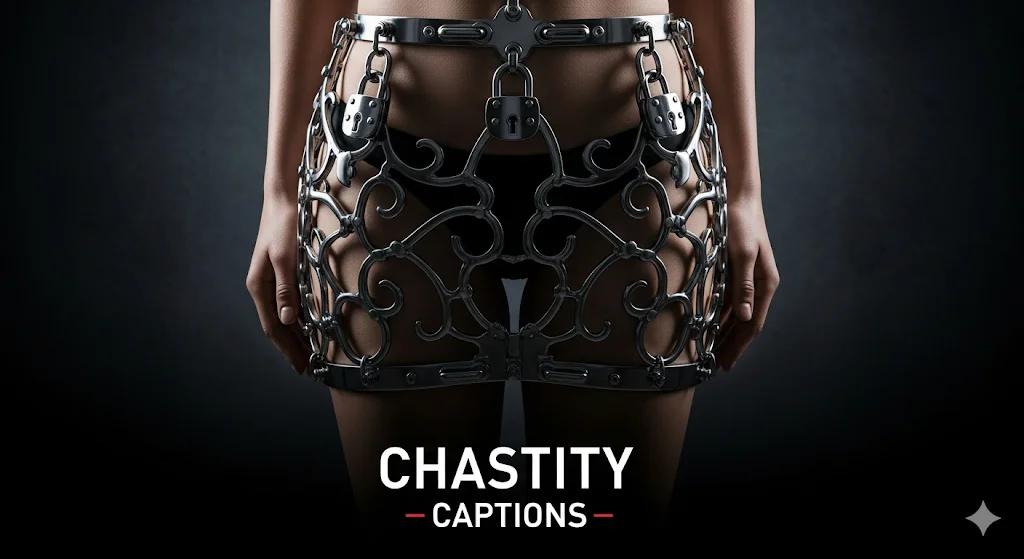Swimwear has undergone significant transformations over the decades, evolving from a mere functional attire for swimming to a style statement in the modern fashion world. This evolution reflects not only changes in fashion trends but also advancements in fabric technology and increasing awareness of body positivity.
The history of swimwear can be traced back to the public baths of ancient Rome, where simple tunics served the purpose. However, it was not until the 19th century that swimwear as a distinct category emerged, primarily designed for modesty. By the 20th century, swimwear began to reflect more liberated fashion trends, offering greater exposure and a focus on comfort.
Advancements in fabric technology have played a crucial role in swimwear’s evolution. Modern swimwear is often crafted from synthetic materials such as polyester and nylon, which offer quick-drying qualities and enhanced durability. These materials can withstand the harsh conditions of saltwater and chlorine, ensuring longevity and sustained performance.
The rise of the body positivity movement has significantly influenced the swimwear industry. This has led to a more inclusive range of swimwear options catering to different body types and sizes. Swimwear is now celebrated for its ability to boost confidence and promote self-esteem, with designs that flatter diverse physiques.
The tankini exemplifies the fusion of functionality and fashion, bridging the gap between a one-piece and a bikini. It offers an ideal alternative for those seeking a modest yet stylish look for beachwear. The tankini’s design provides the comfort of a top combined with the versatility of separate bottoms, making it a preferred choice for many.
Offering the visual appeal of a bikini with the coverage of a one-piece, the tankini has become popular among consumers desiring options that combine style with practicality. Its adaptability allows wearers to mix and match tops and bottoms, personalising their swimwear style according to individual preference and comfort.
Another emerging trend in swimwear is the focus on environmentally sustainable practices. The use of recycled materials is on the rise, as designers aim to reduce the environmental impact of swimwear production. Eco-friendly swimwear aims to balance aesthetics with ecological consciousness, providing consumers with options that are both stylish and sustainable.
The variety in swimwear designs today caters to all preferences, whether for athletic pursuits, leisure, or fashion. From traditional cuts to innovative patterns and designs, swimwear has expanded to include pieces that suit both conservative and bold tastes.
The future of swimwear looks promising, with ongoing innovations and adaptations to societal changes. Designers continue to push boundaries, creating pieces that reflect personal style and adapt to various lifestyle needs. With an increasing inclination towards inclusivity and sustainability, swimwear is set to enjoy even further advancements.
As consumer expectations evolve, swimwear brands that prioritise diversity, sustainability, and comfort will likely lead the market. These attributes resonate with a broader audience, ensuring a successful engagement with contemporary and future consumers.




Want to add a comment?